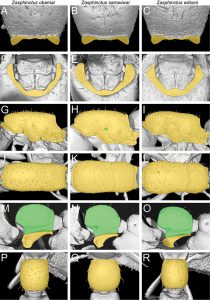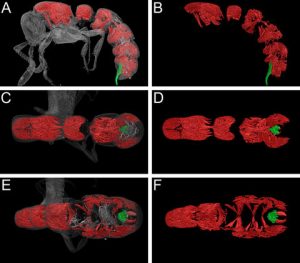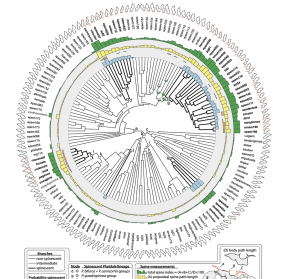We have a new paper out today in ZooKeys revising the doryline genus Zasphinctus in the Afrotropical region. Led by Paco Hita Garcia, we do a deep dive into using microCT and 3D data for ant taxonomy. In previous recent papers, we provided 3D models and virtual type specimens to support taxonomic work. Here we go further and exploit more fully the power of micro-CT to discover and examine characters useful for systematics and the 3D representation of virtual specimens.
The three species are named after three important figures in biodiversity conservation. We named one after former US President Barack Obama, for his role in protecting natural areas. The species was found within a few kilometers of Obama’s father’s village in Kenya. The second species was named after E.O. Wilson, discovered from Gorongosa National Park, Mozambique, where he and his foundation have done a lot of work over recent years. The third species is named after Nigerian environmental activist Ken Saro-Wiwa.
Interact with the 3D models on Sketchfab.
OIST media release.




